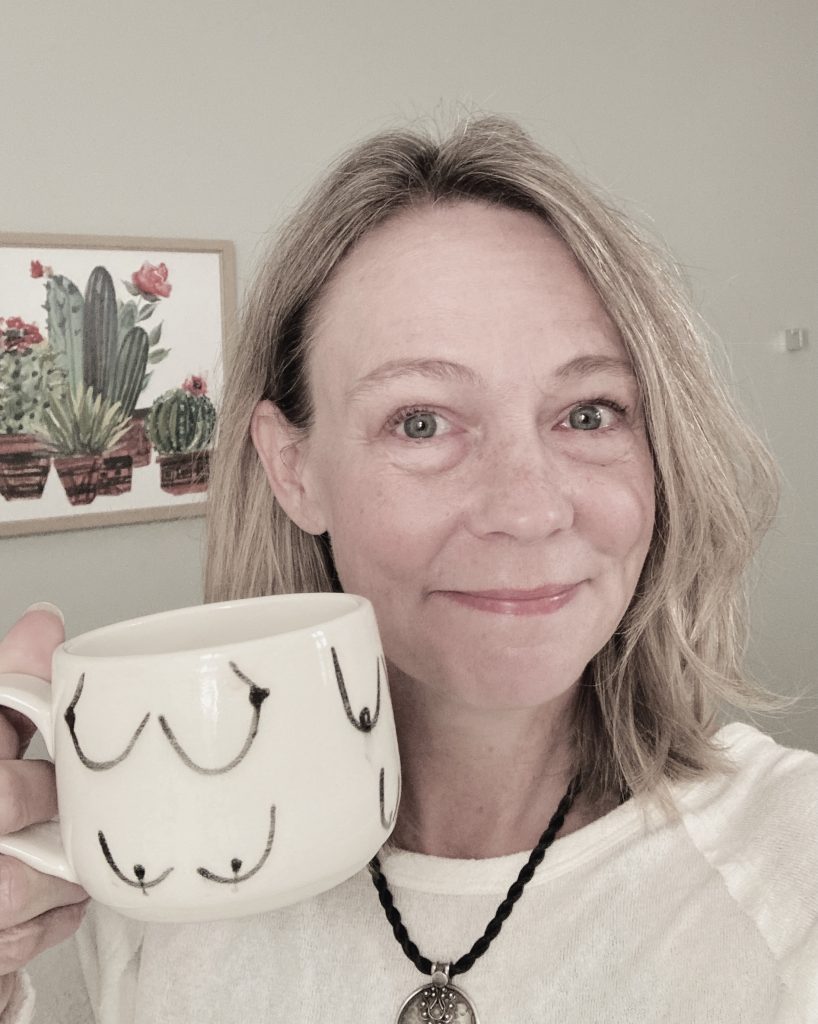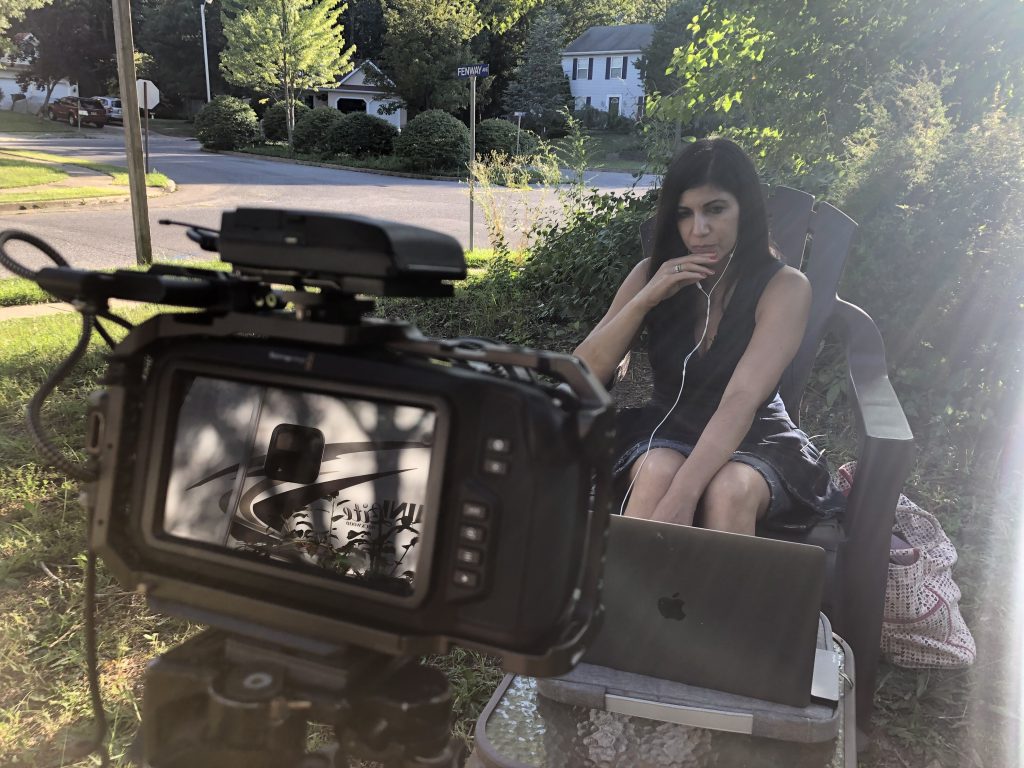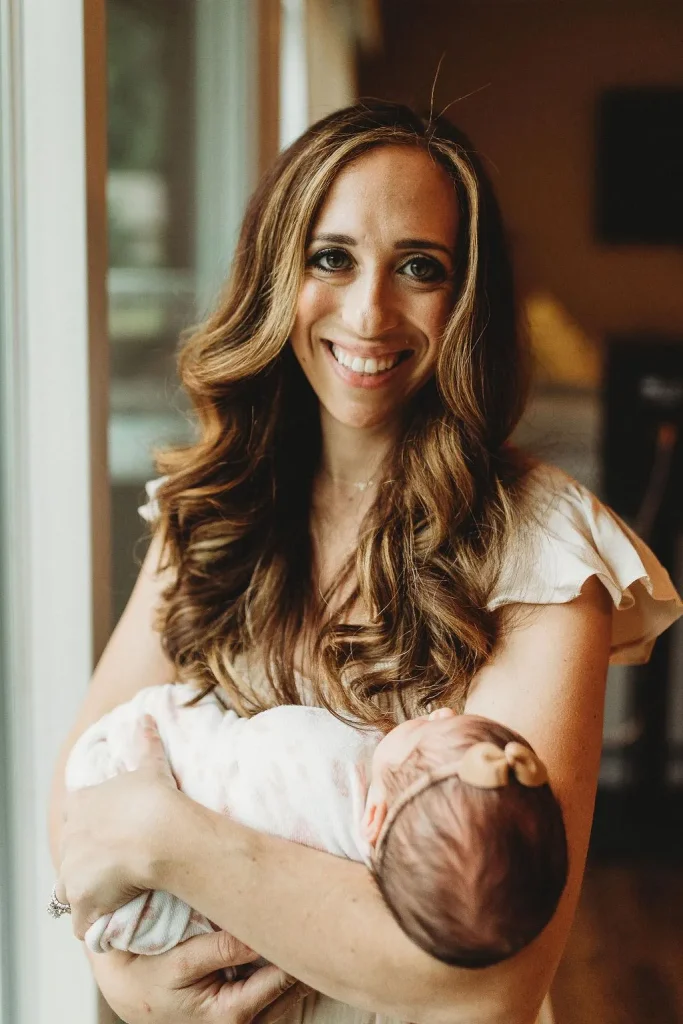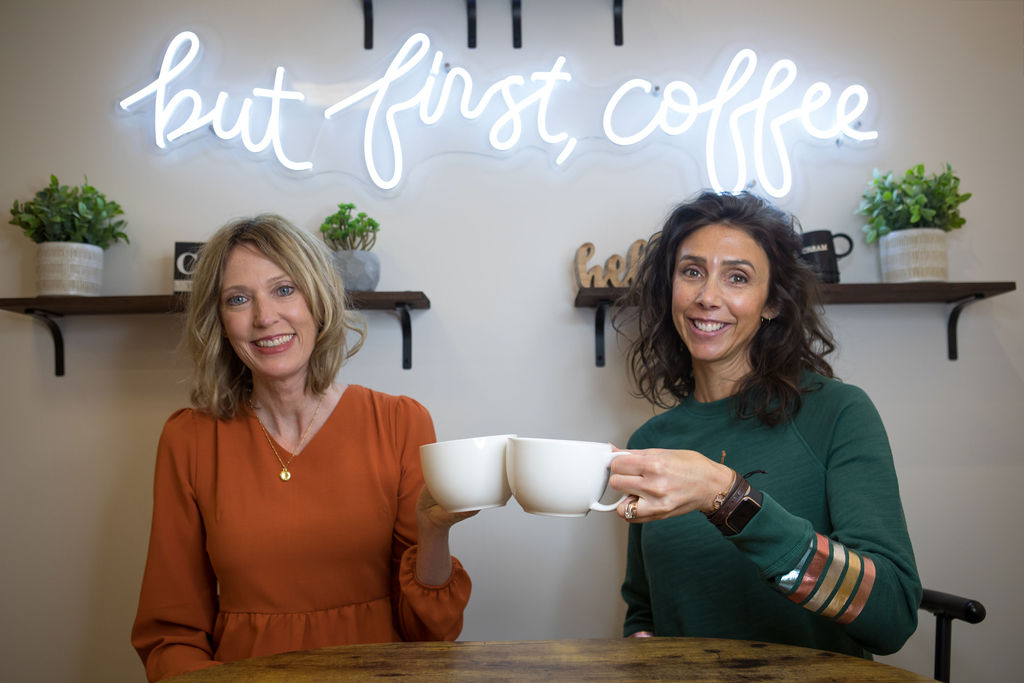Breastfeeding Gadgets with Kelly Emery, IBCLC: Podcast Episode #231

Kelly shares the pros and cons of top breastfeeding gadgets with Kristin in the latest episode of Ask the Doulas. Check out her free gadget videos here and subscribe to her YouTube Channel and her Breast Friends Forever Club for more videos as Kelly comes across more gadgets and the latest lactation research. Hello, hello! […]
The Benefits of HypnoBirthing with Fear and Now Documentary Director Liat Ron: Podcast Episode #230

Kristin chats about the Fear and Now Documentary with Liat Ron, producer and director. Kristin and Liat discuss how HypnoBirthing impacted her second birth and why she decided to create a documentary about her experience along with the experiences of other families captured in the film. Hello, hello! This is Kristin with Ask the Doulas, […]
Do More Than Just Survive Postpartum with Jess Hull of Mother Me – Podcast Episode #229

Kristin Revere and Jess Hull discuss the concept of matrescence and the changes that happen to women when they become a mother. Hello, hello! This is Kristin Revere with Ask the Doulas, and I am thrilled to chat with Jess Hull today. Jess is a former Facebook and Google executive who founded Mother Me, which […]
5 Things to Know About Surrogacy – Guest Blog by Jessie Jaskulsky

Gold Coast Doulas asked Jessie Jaskulsky to guest blog on the topic of Surrogacy since March is Surrogacy Awareness Month. Jessie is the mom of Lily and Luna. It is through her first-hand experience with surrogacy that she is passionate about simplifying the process for others. Having gone through this beautiful but wildly complicated process […]
We Wrote A Book! Podcast Episode #228

Kristin Revere and Alyssa Veneklase chatted about their upcoming book “Supported: Your Guide to Birth and Baby.” Their book will be released on Mother’s Day. Look for it on Amazon and ask for it at your favorite bookstore. The e-book and audiobook will be available in early June. Hello! This is Kristin Revere, and […]
